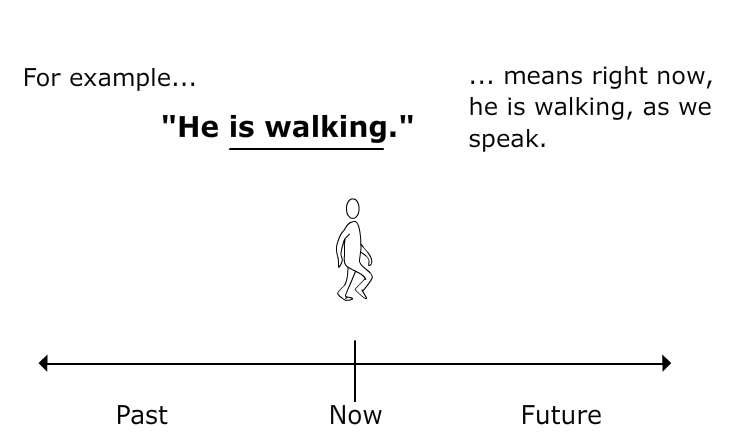There are a lot of methods of grammar presentation that a teacher can use depending on the class and the particular lesson plan and goals. In some articles, we have already discussed some of them and in this article, we will bring all the methods together.
The main two methods are:
- Deductive means that a learner reads the rules with examples first or the teacher presents all the grammar and then the practice goes that often fits into a lesson structure known as PPP (Presentation, Practice, Production). The advantage of the method is that it is applicable under conditions of a lack of time because it saves time and is good for conscious motivated students. On the other hand, guided practice is usually mechanical.
- The inductive method, which usually involves eliciting or guided discovery, implies the provision of context and examples to elicit the rules out of examples. The advantage of the method is that the learner sees how the language works and how the particular grammar construction is used, thus, it is simpler to remember and apply it. However, this method may not work with overzealous students who are unable to deduce and speculate, who need to read the rules and only then practice.
Below, you can find different ways of grammar presentation and teaching that in most cases involve inductive or deductive learning:
Using realia. The teacher jumps and asks students to do the same, and then asks: “What are we doing?”. The students answer: “We are jumping” (if students don’t use Present Continuous correctly, the teacher might repeat the sentence, emphasising the correct structure). Then the teacher asks someone (let it be Anna) to dance and asks: “What is Anna doing?” Students answer: “She is dancing.” Then the teacher writes the examples on the blackboard and students elicit the rules.
Using pictures. The method works similarly to the method using realia, but a teacher uses pictures.
Using a song. The teacher uses a song with all the pre-listening, while- and post-listening activities. At the post-listening stage, students can do the ‘fill-in-the-missing-words’ task and then elicit some rules.
Using a timeline. Timeline is the best illustrative tool to demonstrate how tenses work. Moreover, you can use charts and graphics to make any topic presentation compelling.

Situational grammar presentation, when you run into something unknown in the lesson, and teach it.
Learning through writing. This method is commonly used in the countries, where English is L1, for example in the USA, Canada, Great Britain. It is believed that learning grammar rules is ineffective. So, students perceive different grammatical structures by reading a lot (from the context) and then applying it in creative writing. This method can be used in addition to the full immersion method of teaching English.
Diagramming sentences. This method of grammar presentation works best with visual learners. It imposes mapping the structure of the sentence and interconnections between parts of a sentence and their functions.







 Вероника Аветисян
Вероника Аветисян 
 Маргарита Аветисян
Маргарита Аветисян 


